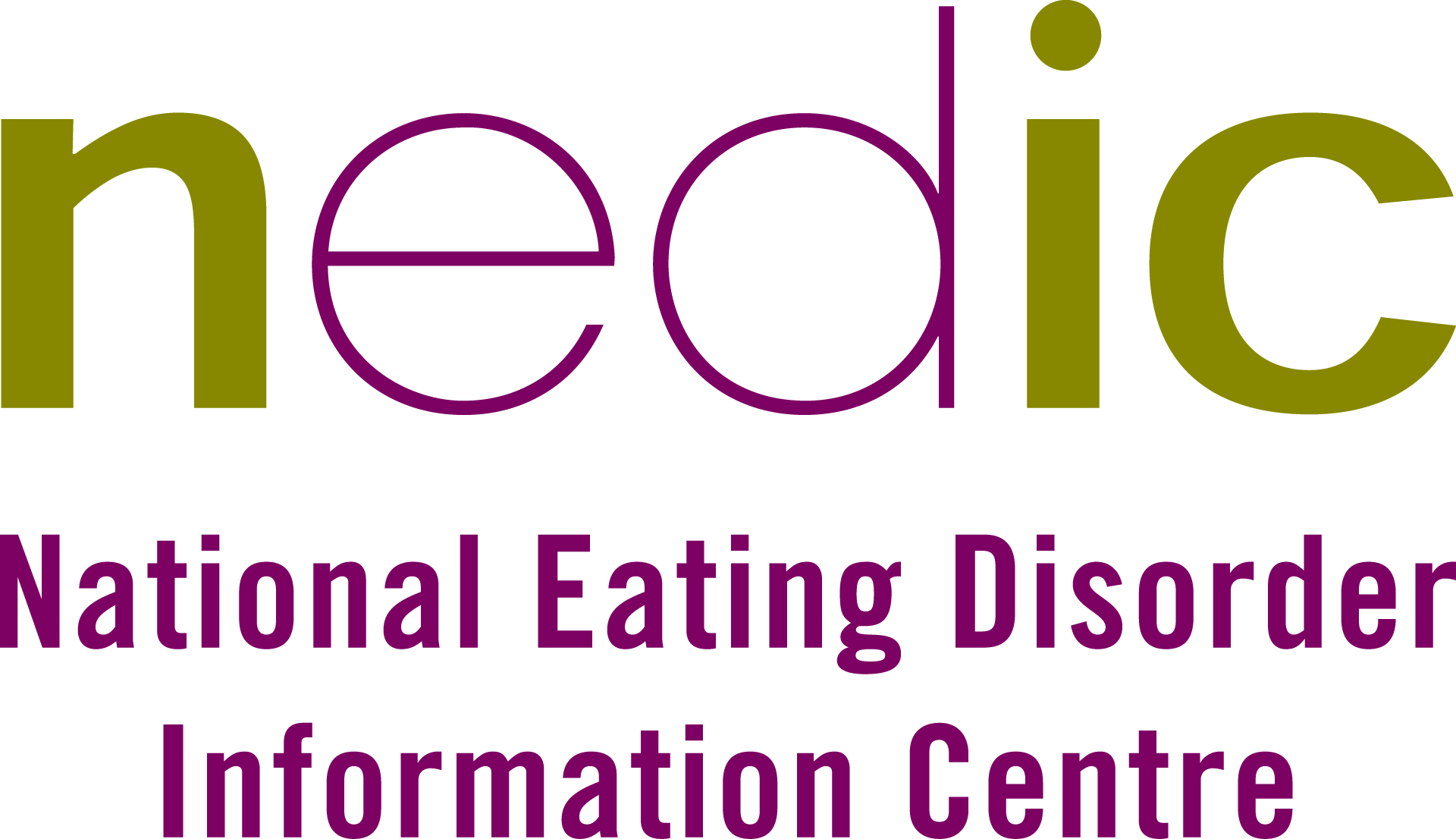
Binge-eating disorder is characterized by recurring episodes of binge eating. It is important to note that overeating and binge-eating are not the same. Overeating can be described as consuming more food than your body needs at a given time. Most people overeat on occasion. Binge-eating is less common and is marked by psychological distress.
If you have concerns about binge eating patterns, this screening tool can help identify whether these patterns indicate the possible presence of binge eating disorder. Note: this is not a diagnostic tool and is not a substitute for a professional evaluation.
A binge-eating episode is characterized by:
A binge-eating episode also includes three or more of the following:
The binge-eating episodes are not followed by compensating behaviours (such as excessive exercise, self-induced vomiting, or the misuse of laxatives or diuretics) as in bulimia nervosa.
Binge eating is seen as a disorder when the bingeing episodes occur at least once a week for three months or more.
Download NEDIC's Binge Eating Pamphlet (PDF)
Anorexia nervosa is a mental illness characterised by behaviours that interfere with maintaining an adequate weight.
Biological, social, genetic, and psychological factors play a role in increasing the risk of its onset.
Bulimia nervosa is a mental illness characterised by periods of food restriction followed by binge eating, with recurrent compensating behaviours to “purge” the body of the food.
Biological, social, genetic, and psychological factors play a role in increasing the risk of its onset.
Avoidant/restrictive food intake disorder (ARFID) is characterised by severe limitations in the amount and/or types of food consumed, but unlike anorexia nervosa, it does not involve distress about body shape or size, or fears of fatness.
ARFID is a mental illness which can severely compromise growth, development, and health.
Binge eating disorder is a mental illness that can seriously affect psychological and physical health. It is characterized by recurrent episodes of eating large quantities of food then experiencing shame, distress or guilt afterwards.
Other Specified Feeding and Eating Disorders refers to atypical presentations of anorexia nervosa, bulimia nervosa, and binge eating disorder, among other eating disorders.
These eating disorders are equally serious and as potentially life-threatening as the more typical presentations.
Rumination syndrome, which also goes by the name rumination disorder, is classified as both a digestive disorder and a feeding and eating disorder.